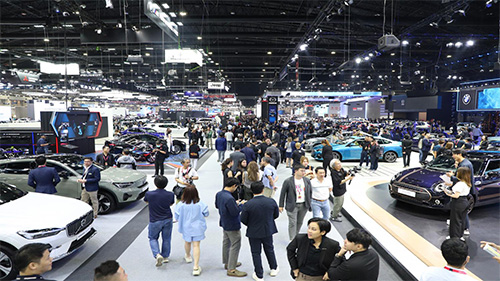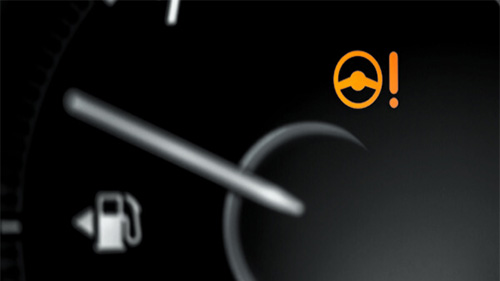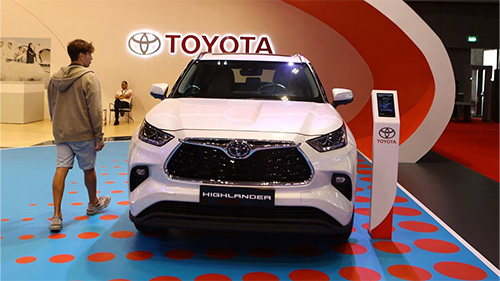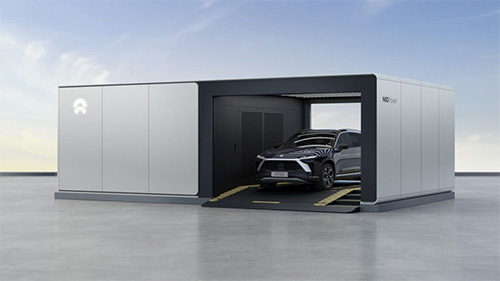Why “N-Before-P” Saves Your Automatic Transmission?
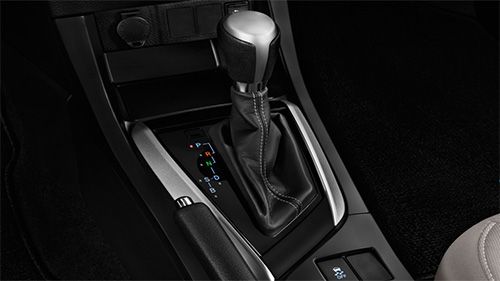
Every time you park your automatic car, you’re faced with a simple choice: which gear to select, and when. The conventional habit of shifting directly into Park (P) before engaging the parking brake may feel natural—and in most cases, it won’t strand you on the roadside—but it quietly puts undue stress on a tiny, essential component inside your transmission: the parking pawl. Over time, that stress can translate into wear, misalignment, and expensive repairs. By adopting a slightly different sequence—shifting first into Neutral (N), then setting the parking brake, and only then moving into Park—you’ll distribute your car’s weight more safely, preserve the integrity of the transmission’s internals, and avoid the dreaded “clunk” when you next pull away.
When you shift into Park, a small metal pin (the parking pawl) drops into a notched wheel attached to the transmission’s output shaft. If the vehicle’s entire weight is resting on that pawl—especially on hills or inclines—it acts like a paperclip holding up a heavy weight. The metal can momentarily deform or strain as you shift out of Park, producing that unsettling clunk and gradually wearing the pawl and its mating gear. Over many cycles, microscopic cracks or burrs can develop, leading to misalignment that makes future shifts less precise, and eventually to a crack or break that leaves your car unable to hold itself on level ground without the parking brake. Repairing or replacing the pawl assembly typically means dropping the transmission pan and in severe cases removing the entire transmission—neither of which is inexpensive.
By contrast, shifting into Neutral before applying the handbrake releases the drivetrain so that when you cinch on the parking brake, the car’s full weight is born by the brake shoes or calipers—components designed for that load. Once the handbrake has the car secure, you shift into Park merely as a backup or safety lock. The pawl still engages, but with zero weight resting on it, it sits comfortably in place until you’re ready to go. In practice, the extra step takes only a fraction of a second and requires no additional skill—just a small change in habit that pays dividends in transmission longevity.
It isn’t only the parking pawl that benefits. Shifting between Drive (D) and Reverse or into Park while the vehicle is still rolling—even at low speeds—can strain internal clutches and planetary gear sets. Automatic transmissions rely on hydraulic pressure and precisely timed clutch pack engagements; forcing a directional shift under load can cause slippage, generate excess heat, and accelerate wear on friction plates. Always bringing your car to a complete stop and pausing momentarily once in Neutral allows pressures to equalize safely and internal components to realign before the next gear is selected.




